The development of market relations in the country contributes to an increase in the number of documents and office equipment on which they are produced. In addition, in order to give legitimacy to a document, in order to confirm its origin and eligibility, certain requirements for details must be observed. So, the mandatory details are the date, the addressee and addressee data, the actual text of the document, the signature of the person who approved or executed the document, and the imprint of the seal or stamp in a specific place on the sheet.

Document Definition
The word “document” (from the Latin documentum) means “evidence”. The document confirms the occurrence, suspension or change of legal relations between persons. A document can be either a written document drawn up on paper or a graphic or electronic display of information. The main function of the document does not change from this. Since the document regulates any relations, including commodity-money relations, there is a need for ways to protect documents from misuse. Falsification of stamps and signatures are the most common violations in the field of economic and economic activity that are found today in the practice of law enforcement agencies and courts.
Responsibility for the act
The Criminal Code of the Russian Federation, adopted in 1996, has many chapters and articles. In this case, we are interested in whether the code regulates a form of public relations in which documents are often used. In Chapter 32 of the Criminal Code, which is called “Crimes against the order of administration”, there are as many as 32 articles. For such an act as counterfeiting seals, liability is provided for in article 327, which is called “Counterfeiting, production or marketing of fake documents, state awards, stamps, seals, letterheads”.
The legislator is rather mild towards criminals for whom fake stamps have become commonplace. These words are confirmed by the types of punishment provided for an unlawful act of this nature. So, for a crime in which there was a fake of seals, article 327 provides for the maximum punishment in the form of forced labor for up to 4 years or imprisonment for the same term. Frankly speaking, having studied judicial practice in the field of crimes against the management order, it can be noted that the courts are rather favorable to criminals who falsified documents, which is expressed in the amount of punishment for violations committed. The maximum sentence of imprisonment for 4 years shall be awarded once for 30-40 criminal cases. Of course, the severity of the consequences of the crime plays a role here, but let's talk about it next time.
What is a cliche print, stamp?
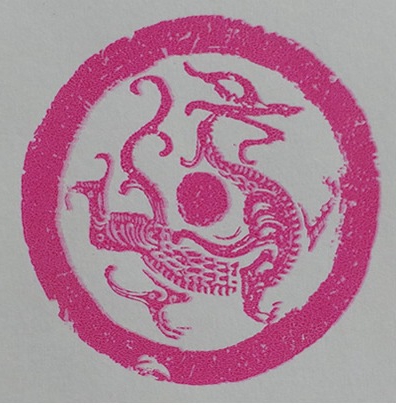
Before giving a definition of what counterfeiting of seals and stamps is, you need to understand what a cliche is and a cliche stamp. Everyone saw a typical document, for example, a certificate of income or a certificate of employment. As a rule, at the bottom of the sheet, next to the signature of the person who executed or approved the document, there is a print of the seal. To create an impression, blue ink is most often used. But there are purple and black prints, and sometimes, 2-3-color ones. The prints are created using a cliche - a special printing form on which letters, numbers, drawings, inscriptions are located.
The printing form can be either metal or rubber or polymer based.For the manufacture of clichés, starting material is taken, for example, photopolymer (cliché on a polymer basis). A photopolymer is sensitive to light, most often to ultraviolet radiation. The manufacturer shines through the material on the device, projecting on it an image previously created in a graphical editor. After this, the photopolymer is treated with chemicals - organic solvents, acids, alkalis. Parts of the material that reacted with UV radiation harden to form a printing cliche, and the rest of the material is washed out. Thus, they create both clichés of seals and stamps. In order to clarify what a print is and what a stamp is, you should pay attention to the shape of the print that remains on the document. If the print is quadrangular - you have a stamp print in front of you, if round or triangular - a print of the stamp.
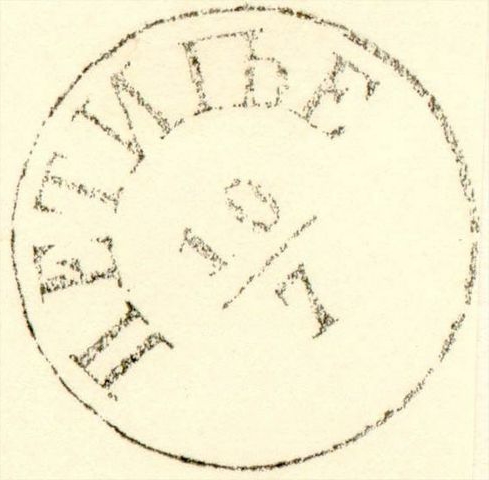
Methods of counterfeiting prints
Wanting to illegally get money, rights to an industrial object or goods, criminals quite often resort to falsification, most often it is fake prints of seals and stamps. The development of technology both in industry and in science has led to the emergence of many types of printing equipment and dyes. These factors complicate the study of documents. The methods for counterfeiting seals and stamps are very diverse. Sometimes you wonder what tricks those who forge this or that document are going to. We list the most common methods:
- computer fake;
- manual fake;
- violation of the order of drawing the details of the document.
Forgery of seals and stamps - "jewelry" work. You need to know a lot of technological moments, for example, how this or that stroke will be displayed on paper, be accurate and very patient. But do not embellish and evaluate the work of fake. For such an act as falsification of seals, article of the Criminal Code of the Russian Federation under number 327 provides for punishment, and, accordingly, imprisonment for some term.
Computer fake
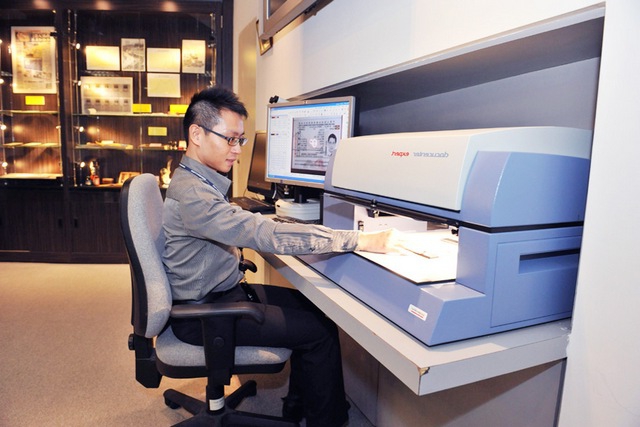
Almost every home has a computer or laptop. These machines flooded our life a few years ago, and it is almost impossible to imagine a day without gatherings on social networks, reading news or watching movies on the Internet. But someone uses computers for personal purposes (for entertainment, training), and someone, pursuing undue profit, uses computer equipment for criminal purposes. There is a program for counterfeiting seals, by launching which, almost anyone can create their own project cliche print or stamp.
The program takes into account many points characteristic of the technological process of creating clichés. This is the dimensions of the print as a whole, and the diameters of the frames, and the type of font, and letter spacing, and the slope of letters and numbers, and much more. A program for forging seals in skillful hands is an easy way to recreate an existing seal to mislead the directorate of a certain enterprise or to issue a new seal for a nonexistent plant or factory. However, the use of office equipment to create a sketch and print it entails the emergence of a number of characteristic features. According to these signs, the specialist can easily distinguish a print made on a computer from a print made with a cliche.

Hand fake
And before the advent of computers and printers, numerous crimes were known in which one way or another, fake seals appeared. However, as early as 20 years ago, creating an image of a print of a seal or a stamp in a document was many times more difficult than today. Those old methods of counterfeiting print to their contemporaries seem wild, not justifying themselves, but they were widespread and often used.
For example, consider a manual fake cliche. In the past, photopolymer was not used, from which today 90% of the cliches of seals and stamps are made.The main working material was rubber, less commonly metal. To create a cliche, a master, otherwise it cannot be called, took the material and began to manually cut out the drawing, text and other details of the future print on it.
Using a sharp instrument of various thicknesses, using magnifying glasses and a microscope, the master worked on the future cliché for quite a long time. Sometimes fake seals were carried out at home - usually in the kitchen or in the closet, away from the prying eyes of the roommates. However, even if there was some dexterity in the one who created the fake cliche, observing all the norms and requirements, the result was very different from the factory, real cliche. Especially betrayed fakes were the letters tilting relative to the line of the line and relative to the rest of the letters. When applying the print, uneven edges and uneven frames were also observed.
Determining the order of applying the details of the document
Another common way to fake documents is to violate the order of application details. Perhaps in your life there was such a case when the bosses at work, just in case, left you several sheets of A4 paper with the prints and stamps of the enterprise already on them. If this happens, you can take a pre-prepared sheet with prints and print the necessary document on it. But a document without the necessary details does not have legal force. A violation of the procedure for the production of a document is equivalent to a crime, if such a violation caused dangerous consequences.
Prepared sheets can be used by an unscrupulous employee, for example, to seize the means of the company with their help. Fake documents printing is affixed to a blank sheet, and then text is printed on the sheet, especially common. The subject of such an act is most often people who are close to the managerial level of the company, or those who helped to draw up documents and order cliches during the formation of the enterprise. An experienced expert, armed with a microscope and a moving light source, will be able to figure out the order of application of strokes of print, printed and handwritten text. Sometimes there is a need to resort to the help of chemicals to get answers to questions. In the course of studying the characteristic "borders" and the influx of the coloring matter, it is established what was previously applied to the sheet: a print of the seal or strokes of the signature.
Cliche identification
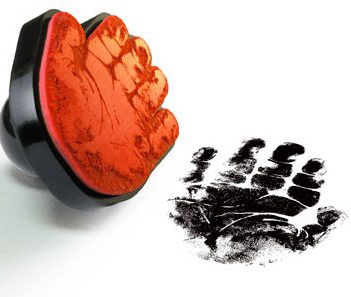
Often in the process of investigating a criminal case, it becomes necessary to identify cliches that have been imprinted in documents of interest to the investigation. In such cases, a forensic technical examination of documents is appointed. The expert should find an answer to approximately the following question: “Is the Favorite seal imprinted in the Director column in the cash order No. 123 using the Favorite seal cliché submitted for examination?” During the research, the expert carries out the so-called identification.
He compares the test impression with a series of experimental prints, looking for individual characteristics. These signs occur during the manufacture of cliches and during use. The signs are unique and uniquely characterize a particular cliche. Sometimes when researching relatively new, “uncracked” seals, it is difficult to identify a sufficient number of identifying signs. In such cases, additional identification methods are used: the construction of geometric shapes, the imposition of negative on positive, etc. In almost 99% of cases, a clear answer is given to the question.
In simple terms, the researcher determines whether or not this cliche was imprinted in the document.After all, it happens that the manager of an enterprise categorically denies the fact of issuing a certificate or other document, while being unable to explain the nature of its origin and why it is certified by the seal of the enterprise. A technical study reveals the secrets of making a causal document, including finding out whether the offender used the original cliche or resorted to fake help.
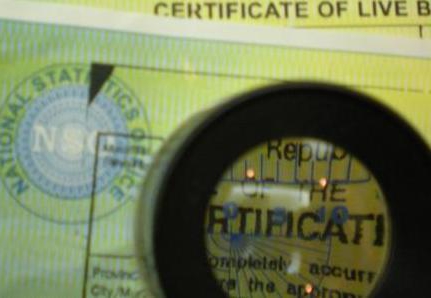
Requirements for the manufacture and storage of cliches
In order to obtain permission to store and use a cliche of a seal or stamp at an enterprise or in the activities of an individual entrepreneur, it is necessary to contact the licensing authorities. This process is similar to how to obtain permission to store and carry weapons. The future owner of the press collects a number of documents confirming his identity and activities. Then he goes to the stamp manufacturer, pays for the services to create a cliche and waits for some time before the order is completed.
Interestingly, anyone who wants to buy a facsimile - a cliche with a signature image, can do it without bureaucratic delays. But a print with the name and details of the company is a more difficult task. There are not so many who provide stamp manufacturing services. Their activities must be specially registered, as evidenced by the permission of the authorities. Manufacturers of seals and stamps are required to collect samples of prints of all cliches that they created for further storage in the relevant authorities and units.
As for those who use seals and stamps, there are also certain requirements for them. The person to whom the seal is assigned is obliged to ensure its safety. Under no circumstances should cliches be passed on to third parties. During the absence of the owner, the seal is stored in a safe or cabinet, which is locked with a key. In order to avoid illegal actions with the seal or stamp, you should always protect them and monitor their use. A neglect of such simple requirements can lead to serious consequences. For example, an attacker, having taken possession of the seal, will assure it of an agreement with which he will transfer ownership of the premises or expensive equipment, thereby creating a situation difficult for the enterprise and receiving a certain remuneration from a third party.
Conclusion
Fake seals - a special type of crime, which are called "white collar". For deliberate actions of this nature, the Criminal Code of the Russian Federation provides for punishment. Despite the unlawfulness of such actions, many people resort to using fake documents or fake them themselves. Signs of counterfeit printing characterize the way in which a cliche or print in a document was made. In the presence of elementary technical means, it will not be difficult for an experienced researcher to identify a fake. But untrained person is quite difficult to do. Always follow the rules for storing and using seals and stamps to exclude the possibility of their unlawful use and falsification of official documents with their help.

